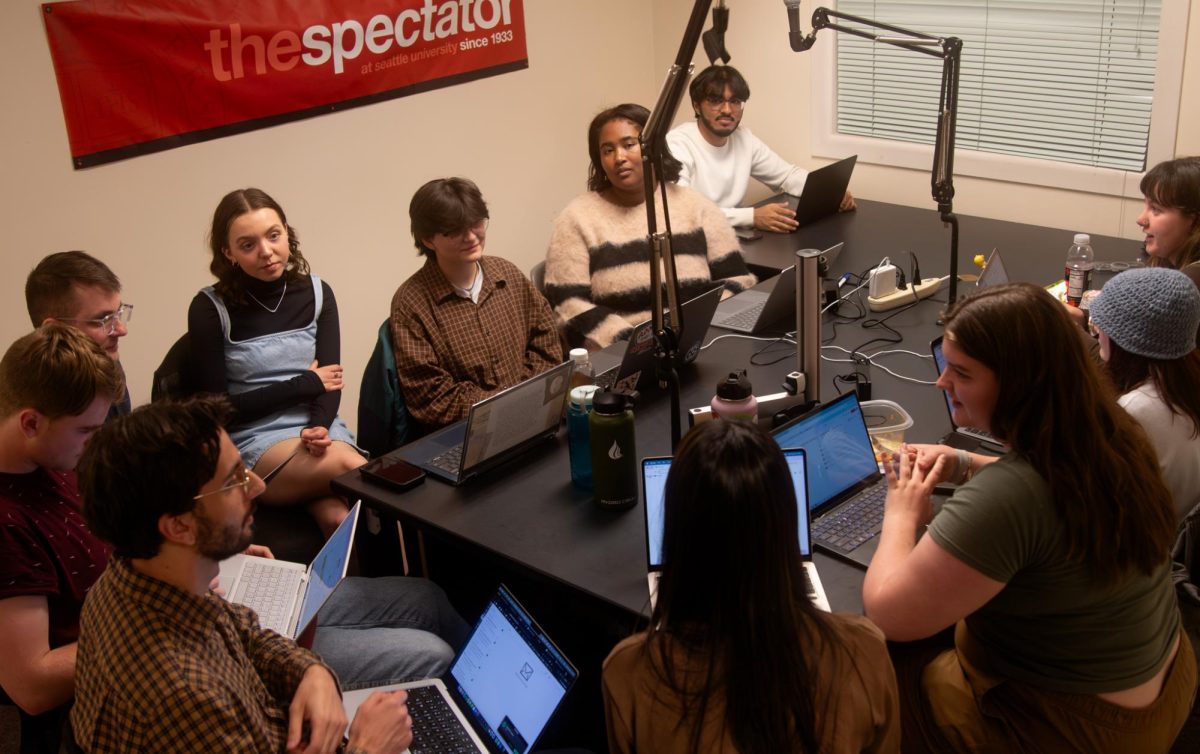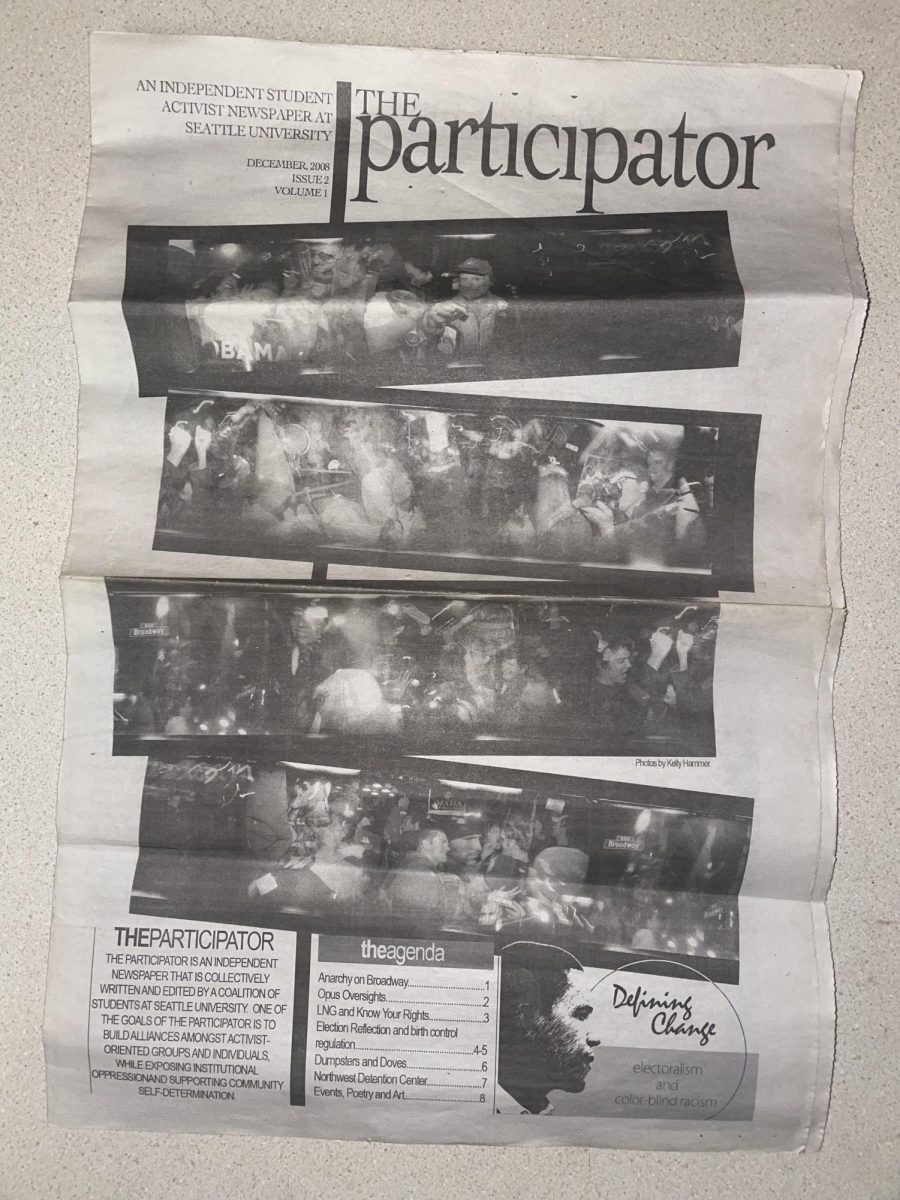Warning: the following article contains references to rape, violence, and suicide. What you just read was a trigger warning, and it probably isn’t your first exposure to one. Trigger warnings—labels designed to warn would-be consumers of information as to potentially disturbing or graphic content that they will be exposed to—are common fare on television and radio, and are increasingly becoming more common in news writing. Many students on college campuses across the country (though as far as this reporter is aware, not at Seattle University–yet) are pushing for trigger warnings to be applied to some new (read: old) areas: works of classic literature. The movement began last month, according to The New York Times, at schools like Rutgers, Oberlin, George Washington University, and the University of California at Santa Barbara (where it received the student government’s formal commendation). The warnings would be applied, it has been suggested by various news outfits, to books like “The Great Gatsby”—to warn readers of domestic violence and “The Adventures of Huckleberry Finn”—to warn readers of racism. “By creating trigger warnings for their students, professors can help to create a safe space for their students — one that fosters positive and compassionate intellectual discussion within the collegiate classroom,” wrote Philip Wythe, an English major at Rutgers, in a column for that school’s paper. While the movement is continuing to gain momentum with many students, it has simultaneously received significant pushback from faculty members wary of formally including
these trigger warnings on these books or on their class syllabi. Seattle U Assistant Professor in English, Molly Clark Hillard, specializes in Victorian literature, a body of work that finds itself particularly thrust into view by the movement. Hillard has never formally included a trigger warning on any of her class material, though she does find it helpful to discuss some of the types of content students will be engaging with at the beginning of the quarter. While preempting her sentiments with an expression of broad appreciation and support for student advocacy, she did express some particular concerns about desire for these warnings moving forward. “I have some pretty profound reservations about trigger warnings. I think the very term ‘trigger warning’ is a kind of buzzword right now. My concern is that when it is applied in an official capacity… I think that that actually closes down conversation about literature,” Hillard said. “I think that it might allow students to close off, to withdraw from a class or to simply not fully engage with the material that’s being required of them.” And engaging well with the literature, Hillard said, is a crucial component of her class. She argued that works of literature, particularly Victorian literature, offer effective platforms from which to launch into larger conversations about the problems that students are facing today. “These books were written 200 years ago… but they speak to very pertinent questions and concerns of our 21st century,” Hillard said. Based on my conversations with Hillard and several students in the English department, it appears
that students at Seattle U, despite similarities between this school and the schools around the country at which this movement is loud and active, are largely not pushing for formal trigger warnings in their literature courses. Indeed, English students like Sarah Woodard have gone so far as to express opposition to the movement. “I find [trigger warnings on works of literature] very problematic because the book is very much constructed between the writer and publisher… putting the trigger warning disrupts the message they want to put in the book,” Woodard said. Woodard went on to argue that the inclusion of a formal trigger warning would have the potential to effect a fundamental change in the experience a reader would have with a specific book. Specifically, Woodard believes that if a reader knows that “Beloved” contains references to sexual abuse they would have a significantly different reading and understanding of that work than what was intended. Many of the works in question do contain incredibly graphic content, which faculty readily acknowledge. For Hillard, however, these works and the challenges they present to students serve a broad and noble purpose. “Simply imposing trigger warnings does not encourage students to be critical thinkers. Instead I worry that it will perpetuate our failure as parents to teach our children how to meet the world’s traumas face on and to weather them.” Hillard fears for a future when works would be re-shelved for fear of their inclusion of graphic content, a particularly poignant fear when she imagines the implications of this loss for her students. “The interactions with students that I’ve had that have been the most satisfying and the most touching is when students come to me…in some way convey to me that they were just grateful to be exposed to some of the difficult content that I had exposed them to and to understand that, in one way or another, they aren’t alone.”











